'Like Ventoux': Vuelta a Espana contenders braced for La Covatilla - Preview
Dan Martin recalls his 2011 triumph on the exposed summit
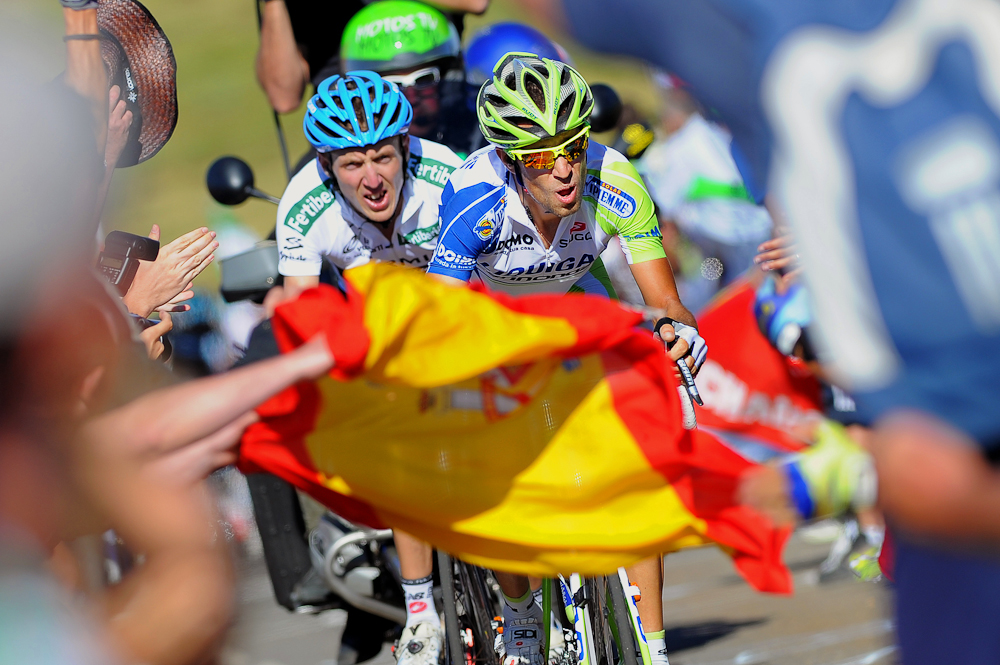
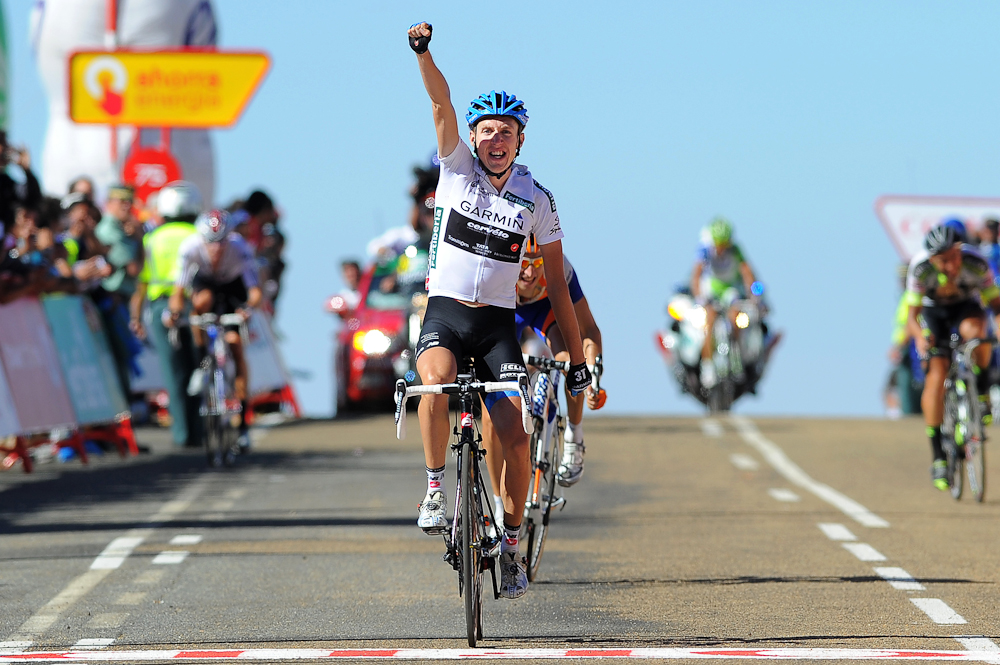
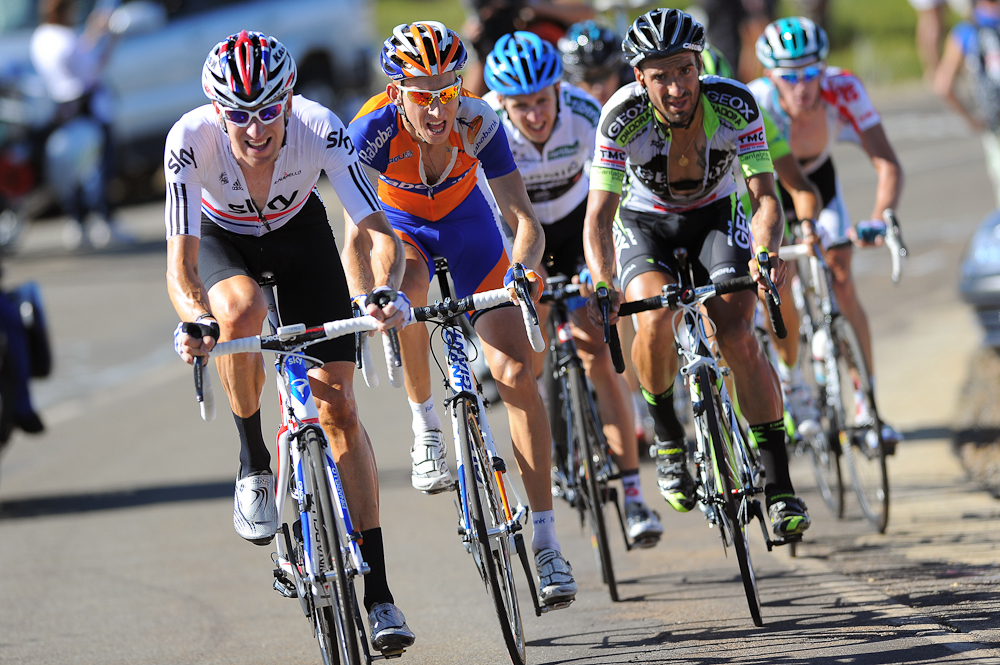
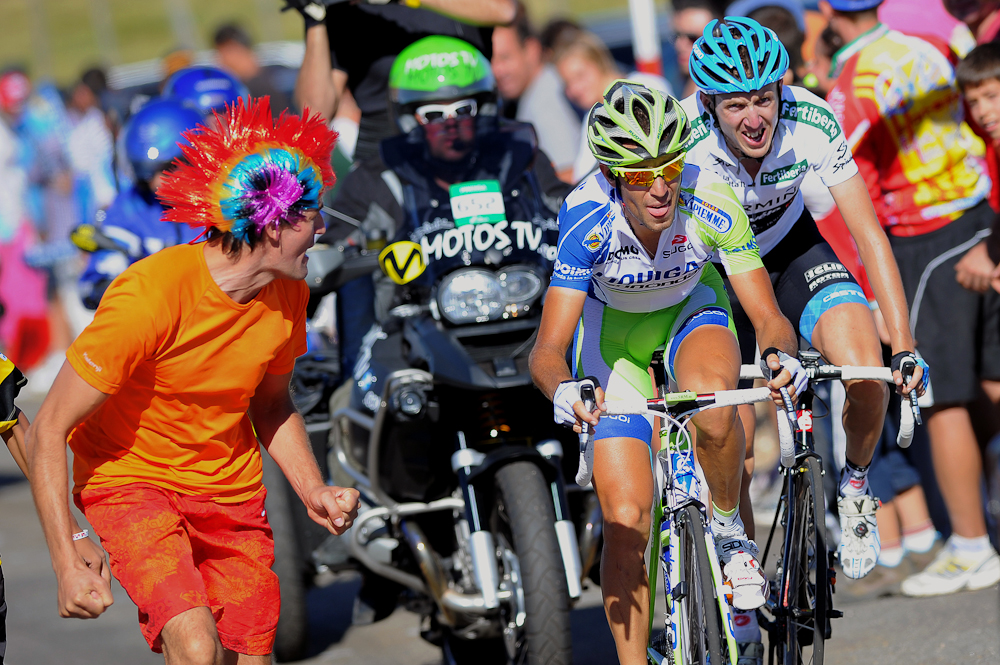
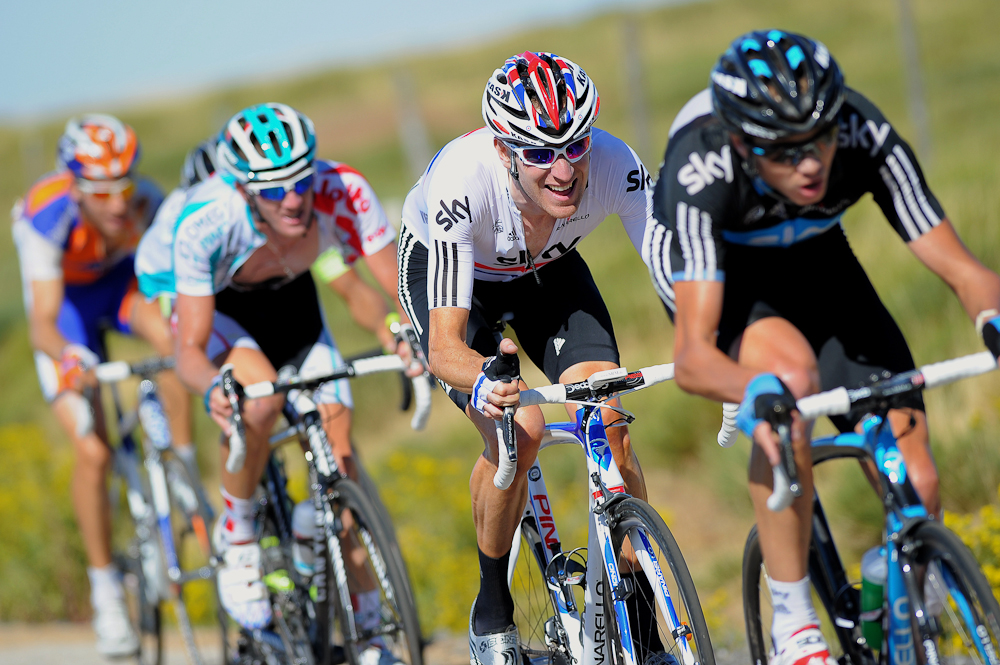
One of the hardest stages of the 2018 Vuelta a España, culminating with the 10km ascent of La Covatilla deep in western Spain, takes place on Sunday, promising the first real shake-out of the general classification contenders.
La Covatilla features in the 2018 Vuelta on an almost identical day to when it was last used back in the 2011 edition; then stage 8, this time it is stage 9. Coming at the end of the first week, it is perhaps too early in the overall game to prove decisive.
However, as one of the race's three Hors Categorie summit finishes - the others are the Lagos de Covadonga on stage 15 and the Coll de la Gallina on stage 20 - the effects of La Covatilla can't be underestimated.
Furthermore, the 200.8km of the Covatilla stage has slightly more vertical climbing than the Covadonga stage, with just over 4,000 metres spent on ascents, the same as an 'average' Tour de France high mountain stage. With temperatures forecast to hit the high thirties on Sunday afternoon, it's likely to be a very tough challenge indeed.
Back in 2011, the stage winner was Dan Martin (UAE Team Emirates), followed by the new race leader Bauke Mollema (Trek-Segafredo). The ascent to the Covatilla ski station, close to the town of Bejar - home to four-time Vuelta a España winner Roberto Heras and former climbing star Laudelino Cubino - also saw Team Sky GC duo Bradley Wiggins and Chris Froome move to the fore, along with the rider who beat them both overall, Juan Jose Cobo, aka The Bison of La Pesa.
Along with Dan Martin, others present in the Vuelta peloton today who will remember the Covatilla from its last ascent include Vincenzo Nibali (Bahrain-Merida), who finished sixth, Steven Kruiswijk (LottoNL-Jumbo), who placed 17th, Rafal Majka (Bora-Hansgrohe) who was 29th, and Nicolas Roche (BMC Racing Team), 19th at the summit and who attacked at the same time as his cousin Dan Martin but on opposite sides of the road. As Martin said at the time, two cousins attacking simultaneously on a high mountains stage of a Grand Tour was "something you just couldn't make up".
"Nico said something to me about that the other day, and that brought it back," Dan Martin told Cyclingnews. "I remember bits of the climb, but it was a fair while ago.
Get The Leadout Newsletter
The latest race content, interviews, features, reviews and expert buying guides, direct to your inbox!
"It's almost like the Ventoux at the top, because it's really exposed, and there can be a lot of wind and it's supposed to be very hot. I remember after Brad [Wiggins] caught me, Sky" - in the shape of Chris Froome - "were setting a tempo in the wind and blew the race to pieces. It wasn't really the gradient that took its toll, it was the wind.
"I remember just hanging on and hanging on and I knew the last k and a half were flatter and that I'd have a really good chance in the sprint."
Behind him, Mollema was the only rider to come in at the same time, with Cobo beating Wiggins and Froome by a small margin and the first 26 riders strung out over a minute.

The climb itself is not excessively steep, with a 12 percent segment at the bottom and another mid-way up, and an average of 7.1 percent. Mostly climbing in steps, and broad and well surfaced, the springboard for late attacks could well be the last steep segment, 11 percent two kilometres from the line.
"There was a vicious tempo at the bottom and everybody went into the red and then it kind of stalled and I kept going," Martin recalls. "I was still in that mentality then, perhaps lacking confidence, but wanting to get ahead before the race really kicked off. I was completely unknown back then, but now I attack and try to get ahead and everybody follows. They timed it perfectly, caught me back, but I still managed to get it in a sprint."
The wide road to the foot of the climb, Martin says, was not at all complicated back in 2011. However, this time round the run-in has changed, considerably according to former local pro and Vuelta organisation member Santi Blanco, who won on the Covatilla in 2002.
"The climb itself is identical, but it's a much narrower, more complicated approach through a little village at the foot called El Candelario, there's some sections of pavé too," Blanco said.
Then there's a fast, short descent, apparently - although that remains to be seen - not too complicated, and it's on the climb itself.
Overall, Martin says the stage will be "exceptionally difficult, especially with the heat. The conditions will make it brutal. You're going to pay for not keeping on top of hydration in these last few days although a lot of the guys who are already in the front have shown they are coping well with the heat already here.
"I don't think it's going to be massively decisive, maybe one or two people will lose time, but it's a harder climb than stage 4" - the previous summit finish at Alfacar - "and if they'd had it on stage 2 or 3 it'd be a lot more of a challenge. But it's still the first big mountains test."
And in the intense heat, that test will surely be a very punishing one.
Alasdair Fotheringham has been reporting on cycling since 1991. He has covered every Tour de France since 1992 bar one, as well as numerous other bike races of all shapes and sizes, ranging from the Olympic Games in 2008 to the now sadly defunct Subida a Urkiola hill climb in Spain. As well as working for Cyclingnews, he has also written for The Independent, The Guardian, ProCycling, The Express and Reuters.
